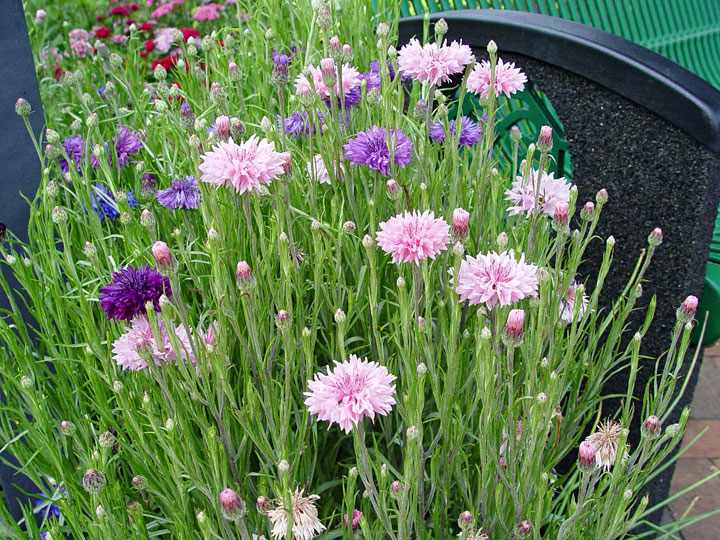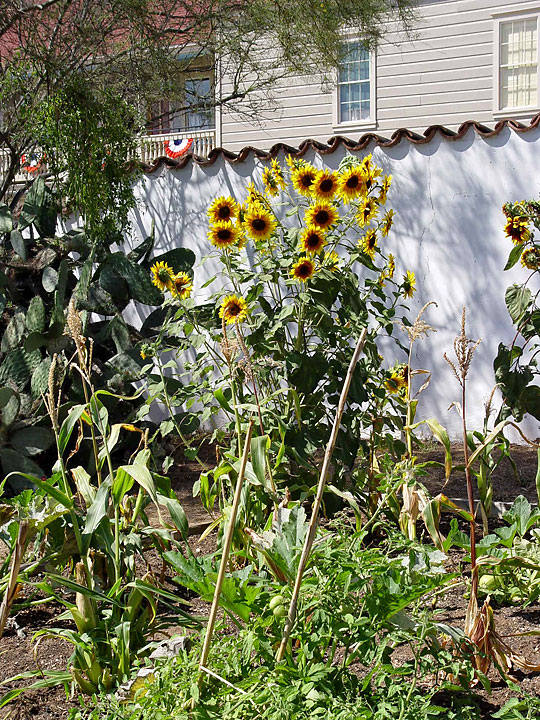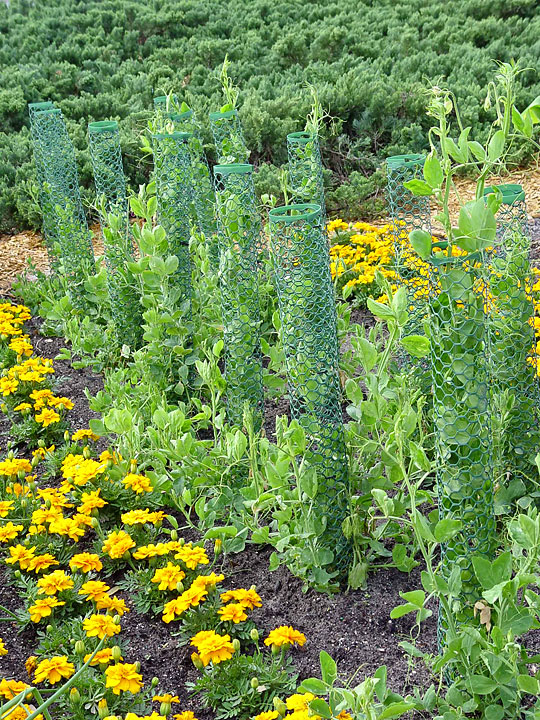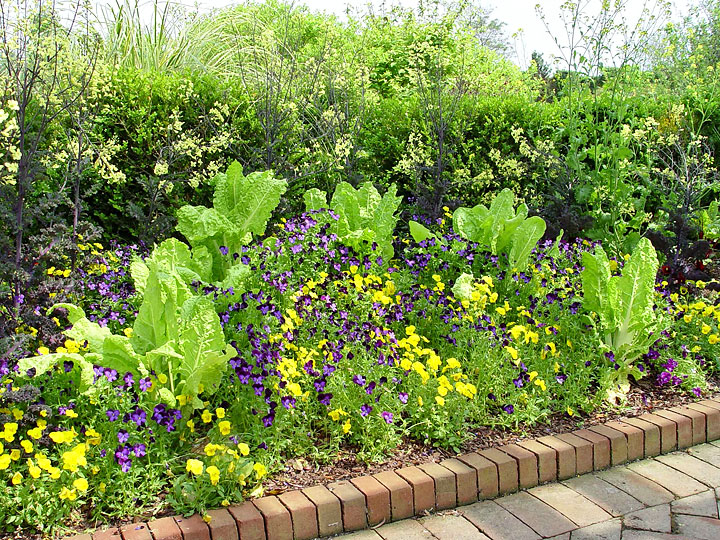
“Annual, biennial, perennial,” sounds like an incantation from a Harry Potter movie. But it’s gardener lingo that divides up the whole bedding plant world. If you’re new to gardening, these three terms may seem confusing, particularly when they are misused so often. Simply put, all relate to the life span of the plant. While their definitions are straight forward, it is the annuals that we plant and grow more than any other kind of plant.
What is an Annual?
Annual is derived from the Latin word for year, annus. It refers to a group of plants that grow from seed, mature, flower, set seed and die in the span of a single year. Their year is actually shorter, from spring through fall. Therefore you can expect all plants listed as annuals to grow fast in order to accomplish so much a short time.

Marigolds, tomatoes and sunflowers are all annual plants. The exception here is in mild climates with little or no frost to kill annual plants at the end of the season. There annuals such as pansies and snapdragons bloom through winter in southern California and Florida, and elsewhere they may even survive a nip of frost.
Annuals are the heaviest feeders of all. They do a lot of work between seed and frost. If they fail for a new gardener, it always leads to one thing: soil. The many phases of growth requires more nutrition for plants to remain healthy. Modern varieties are developed in an environment of perfect nutrition levels, so they will be even more finicky about poor fertility than heirlooms.
Feeding Annuals
To ensure you have success with your winter annuals or all of next year’s garden it’s vital to understand the dietary habits of annuals in order to provide all the plant nutrition you can. When flowers are grown in containers, use Black Gold All Purpose Potting Soil. It contains a slow release fertilizer that feeds at low doses over many months. This low dose is perfect for winter annuals. Use it for summer annuals too, but plan to add regular doses of fertilizer in that season because plants grow faster and demand more then.

Annuals sown in beds and borders are equally demanding, particularly if you live in a new home were there has been little added to the natural soil. When planting here, work the ground with a good dose of Black Gold Garden Soil so the organic matter filters in to open clay soil and add more water holding potential in porous ground.
Annual Veggies
The heaviest feeders of all are vegetables because not only do most flower, they must also produce fruit. Here your soil prep will really pay off in yields. The best amendment for all types of soil is Black Gold Garden Compost Blend because it’s packed with fine organic matter and fertilizers such as bat guano, the richest source of organic nitrogen on Earth.

There are also natural nutrients in Black Gold Earthworm Castings that feed the roots of vegetable plants. Then at planting time, cultivate in a generous dose of castings, which are organic and add to your soil’s fertility. By the time your annuals have reached a good size, the fertilizer is ready to be taken up for improved flowers and fruit.
Anyone who can find success with annuals will find perennials and biennials a breeze to grow. So during the off season where conditions are mild enough, use the cool days to fortify your soil for a dynamite result next year. Just remember to keep it organic so you can clip violas for your holiday salad and eat tomatoes right off the vine without a care in the world.

